Internet of Things: Forget the big numbers, what are the best IoT gadgets?
A new wave of IoT gadgets is about to hit

Introduction
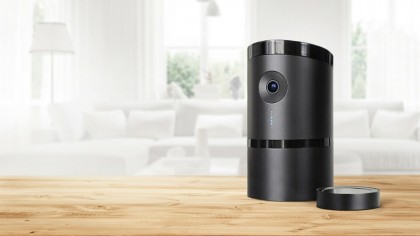
It's a market that likes to talk numbers – 34 billion connected devices by 2020, global investment of $7.3 trillion (around £4.8 trillion, AU$10 trillion) by 2017. Blah blah blah. It's guesswork – all of it – and peddled by vested interests and crystal ball-gazers with very little evidence.
The Internet of Things depends on great ideas for products that fire the imagination. So where are they? We know about the phones, the watches and the tablets, but they account for only 10 billion of the predicted explosion in IoT devices. What are the other 24 billion?
We won't be covering them all in this article – obviously enough – but here's a selection of our top picks for the IoT gadgets which are going to turn heads.
- Also check out: A guide to the Internet of Things
Microbot Push robot finger
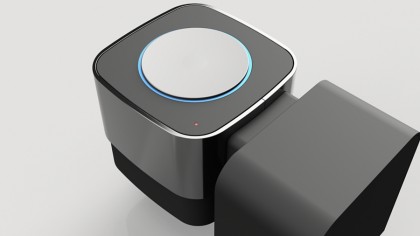
Ready to automate everything? The WeMo brought old lamps into the IoT, and trying to do the same for – well, anything with a button – is Microbot Push. A low-energy Bluetooth device, the Korean-made Microbot Push is a robot finger that can be attached to anything, and be wirelessly commanded to push a button.
The coffee machine, the kettle, light switches, the answer button on your phone… anything that needs a physical interaction from you to switch it on. It's an idea in its early stage – it certainly won't get everything onto the IoT – but it's an intriguing way to bring the physical into the digital arena.
Lively personal emergency response

Smartwatches aren't just for the wannabe technorati. 'Active ageing' gadgets are the next frontier for the IoT, and nowhere is that trend better proved than by Lively. "Lively is a system composed of activity sensors placed on objects around the home that monitors the daily behaviour of an individual living alone," says Dr. Kevin Curran, senior member of the IEEE. "For example, sensors may be placed on a refrigerator door, a pill box, or car keys to collect data on an individual's eating, medication, and sleep habits."
A connected home health platform with cloud-based 'activity sharing' of data, it gives others – such as a doctor or relatives – an insight into a potentially vulnerable person's behaviour. It also includes a 24/7 emergency response button.
Sign up to the TechRadar Pro newsletter to get all the top news, opinion, features and guidance your business needs to succeed!
Mimo baby monitor
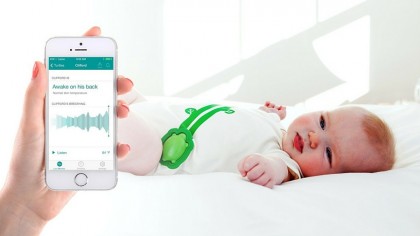
Anything you want to keep an eye on is fair game for the IoT, so this self-proclaimed 'smart baby nursery' bucks the trend for many hyped-up IoT gadgets by trying to solve an existing problem.
"The Mimo baby monitor is a body suit that monitors a baby's body temperature, motion, and breathing patterns," explains Curran. "Sensors use Bluetooth to relay this data to a base station, which then transmits it to the internet to be analysed by the company's sleep analysis software."
Using the best sensor technology available, according to Mimo, parents get data via an app on how the baby is breathing, their body position, sleeping temperature, activity level, and whether they're asleep, as well as alerts and nightly reports.
Juvo sleep monitor
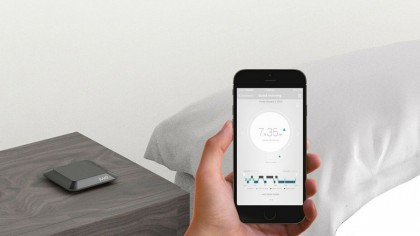
If you can drop-off in seconds and sleep for eight hours each night, go and have a nap. For anyone who struggles with arguably the most important activity we humans ever do, Juvo is here to use the IoT to compose your repose.
A sleep monitor that slips under the mattress, Juvo goes way beyond the sleep measurement antics of the FitBit and Jawbone activity trackers by actually trying to help you sleep, too.
It can talk to other smart home gear, from Philips Hue lightbulbs, WeMo devices and the Nest thermostat – and anything else that can use IFTTT (If This Then That) – to create the ideal environment, and personalised schedule, for sleeping and waking.
Noke Bluetooth keyless padlock
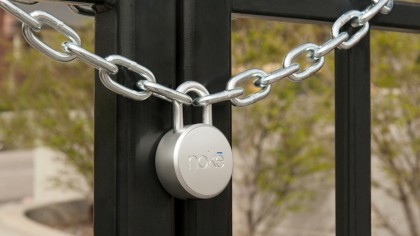
Initially it sounds like something that probably doesn't need wireless connectivity – and especially not yet another app – but hear us out. Although the Noke is programmed via an app, and can be opened via a tap on a phone, it's actually designed to be opened using a pre-programmed sequence of short and long pinches.
Working with any iOS, Android or Windows devices running Bluetooth 4.0, Noke is mostly a keyless padlock and is only programmed by Bluetooth (though you can also open the lock using your phone), though there's a powerful IoT dimension, too – Noke can be shared with others, and its history of being opened checked.
Its CR2032 battery lasts a year and, yes, it uses 128-bit encryption. Use it in commercial lock-ups, warehouses and anywhere else where a breakdown and history of visits would be useful.
AgriHouse SG-1000 Leaf Sensor

How does a farmer know his crops are thirsty? They send him a text message. That's the basics of AgriHouse's SG-1000 Leaf Sensor [PDF] and Precision Irrigation Control Software – and it all came from NASA.
Designed to reduce water use, the SG-1000 Leaf Sensor is pinned to one plant and provides continuous information on moisture content and the nutrients needed.
NASA, which has long researched technologies and techniques to allow astronauts to grow their own food, backed a project by the University of Colorado Boulder and BioServe Space Technologies to determine a plant's water content by measuring the rigidity of its leaves.
The resulting sensor measures leaf thickness by using electrical pulses. It means less watering of crops that don't need it. If that's becoming more crucial on Earth, it's absolutely critical on Mars.
Shockbox helmet sensor
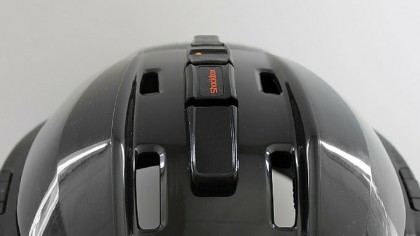
Over in America, the NFL is turning to technology to prevent concussion incidents, and so can all sporty types thanks to the IoT and cloud computing
"Shockbox is a small, flexible sensor that fits inside of a sports helmet and monitors the history of head impacts athletes sustain," says Curran. "Shockbox sensors communicate using Bluetooth to immediately alert parents, coaches, and trainers in the event of a concussion-level impact."
Aside from American sports like US football, ice hockey and lacrosse, Shockbox is also available for ski, cycling and horse riding helmets.
Nuubo nECG smart shirt
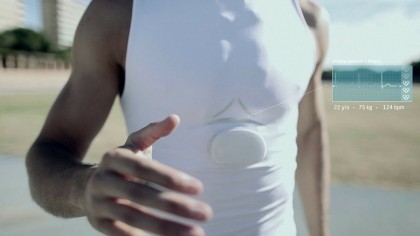
Why cover someone in irritating sensors and smartwatches when you can use the shirt on their back? An e-textile, BlendFix sensor electrode technology has been developed by Spanish company Nuubo.
"It's a sensor-equipped shirt that monitors a patient's vital signs and movement," says Curran about Nuubo's nECG Platform. "The sensors in the shirt can take regular measurements on items, such as heart rate, blood pressure, and body temperature, and it can also conduct an electrocardiogram (ECG)."
The shirt sends data wirelessly to a server for data analysis where, for example, software can detect anomalies in the ECG and alert a doctor, or emergency services.
mySkin OKU skin coach
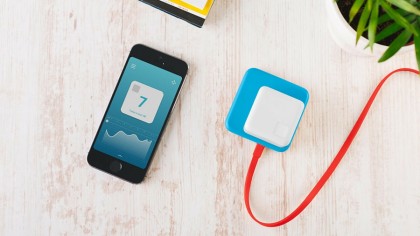
If you really want a tech concept to go global, make it cure ageing. OKU doesn't quite promise that, but this first-ever 'personal skin coach' is aimed at people who want to know about their skin.
The cube measures skin moisture, oiliness, texture, wrinkles, elasticity and pigmentation, does a quick cloud-based analysis, and then produces a skin-score. Cue graphs, graphics and suggestions for lifestyle and diet changes. It's on sale now (though currently only for iOS devices) and comes with both a docking station and a carrying case.
Angee Home Security System
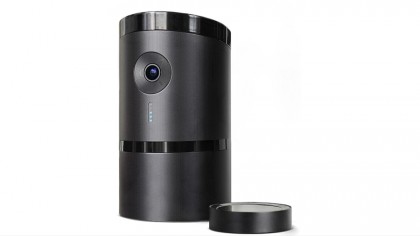
Currently on Kickstarter, Angee is billed as the first autonomous security system. Uniquely voice-controlled and using voice recognition to clock you coming through the front door, Angee is a one-piece, 5.5-inch cylindrical gadget that can swivel through 360 degrees, so the user can see the whole room on a smartphone feed.
It will also swivel to video intruders after detecting motion, and send you videos (in 1080p, 30fps quality, no less), audio messages and alerts. The unit itself can only store an hour's worth of video, but 1GB of free cloud storage is also included. It's expected to become available in October 2016.
Jamie is a freelance tech, travel and space journalist based in the UK. He’s been writing regularly for Techradar since it was launched in 2008 and also writes regularly for Forbes, The Telegraph, the South China Morning Post, Sky & Telescope and the Sky At Night magazine as well as other Future titles T3, Digital Camera World, All About Space and Space.com. He also edits two of his own websites, TravGear.com and WhenIsTheNextEclipse.com that reflect his obsession with travel gear and solar eclipse travel. He is the author of A Stargazing Program For Beginners (Springer, 2015),
